So planets travel around the Sun in elliptical orbits with the Sun at one focus – Ok, a line from the planet to the Sun sweeps out equal areas in equal times, Gotcha and the square of a planet’s period in years and its distance cubed are proportional. Okey Dokey!
But what does it all mean? Well, according to the below set of 8 pdf documents taken from power point presentations created by students and teachers around the world, it means a whole lot about mankind’s place in the Universe, where we are heading and, unfortunately for Kepler, the redundant requirement of a creator…
But don’t believe everything you read in school…
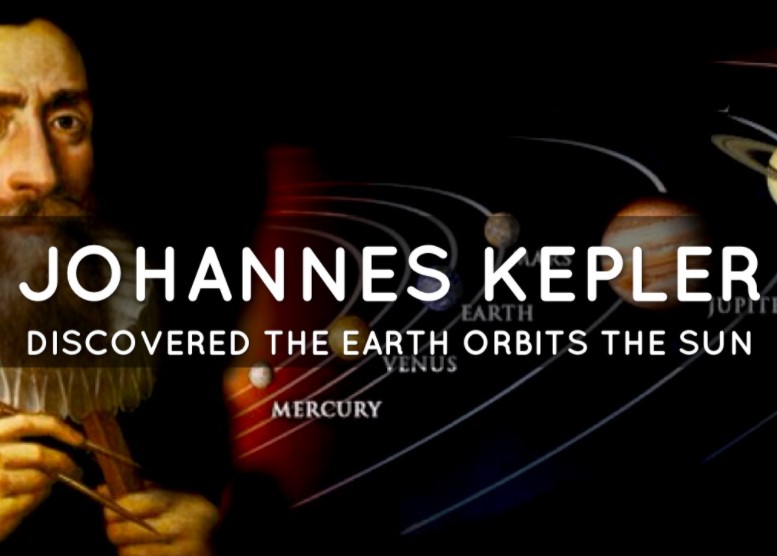
See how the different stories of Kepler and his contemporaries (some true, some not so true) unfold in these documents about Kepler’s laws, his life and his mission for the truth…
01 Gallieo Kepler Newton history and laws
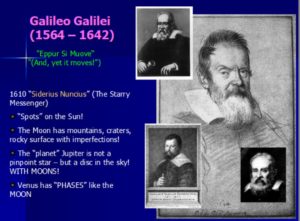 Read about Kepler’s laws in the context of advancing science, more than ethics. Decide if Kepler simply stole the observations upon the sudden and ironic (suspicious) death of Tycho. Hist idea! orbits are not Circles and his incredible effort took 29 years!
Read about Kepler’s laws in the context of advancing science, more than ethics. Decide if Kepler simply stole the observations upon the sudden and ironic (suspicious) death of Tycho. Hist idea! orbits are not Circles and his incredible effort took 29 years!
You can also see why Kepler has to wage a “war” on understanding the orbit of Mars and that the heliocentric model fitted the observations best from a simple (Copernician) view point.
02 Tycho Kepler history and laws
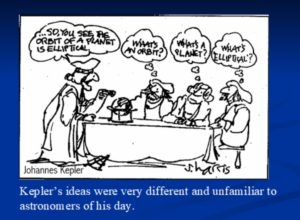 Like Pythagoras, Kepler believed that neat mathematical relationships could not be a coincidence – and that they must be the key to understanding the mystery of the planets. To Kepler, there were laws that dictated why there were six planets – because there were five Platonic solids – and that the “spheres” of the planets were separated by the inscribed solids.
Like Pythagoras, Kepler believed that neat mathematical relationships could not be a coincidence – and that they must be the key to understanding the mystery of the planets. To Kepler, there were laws that dictated why there were six planets – because there were five Platonic solids – and that the “spheres” of the planets were separated by the inscribed solids.
Note that Kepler did not identify these three statements about the behaviour of the planets that we call his “laws.”. We call these Kepler’s laws because Isaac Newton pulled them out of Kepler’s works and gave Kepler credit for them. Kepler found many “laws” — meaning regularities about the heavens. But most of these we ignore as either coincidences or error on his part. In this respect Kepler has all the earmarks of a Pythagorean.
03 Copernicus Kepler Galileo Newton history and laws
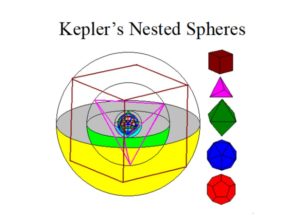 Why was the Copernican Revolution so pivotal? Was it because the time was right and held an opportunity to observe laws of nature in “pure” form? Gravity and momentum seemed to be the only laws at work, uncomplicated by friction, air resistance, etc.
Why was the Copernican Revolution so pivotal? Was it because the time was right and held an opportunity to observe laws of nature in “pure” form? Gravity and momentum seemed to be the only laws at work, uncomplicated by friction, air resistance, etc.
In a sense, the ancients were right; the heavens are more harmonious than Earth – until Kepler and the rest started putting everything in order.
04 Kepler in the history of astronomy
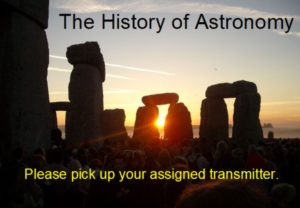 In the stone and bronze ages, human cultures realized the cyclic nature of motions in the sky. Monuments dating back to ~ 3000 B.C. show alignments with astronomical significance. Those monuments were probably used as calendars or even to predict eclipses. So why is it so difficult to find out about the state of astronomical knowledge of bronze-age civilizations?
In the stone and bronze ages, human cultures realized the cyclic nature of motions in the sky. Monuments dating back to ~ 3000 B.C. show alignments with astronomical significance. Those monuments were probably used as calendars or even to predict eclipses. So why is it so difficult to find out about the state of astronomical knowledge of bronze-age civilizations?
It may be that the idea that any two bodies are attracting each other through gravitation, with a force proportional to the product of their masses and inversely proportional to the square of their distance, was not yet conceivable to the brains of earlier eras. Step up Kepler and his laws.
05 Kepler NOT in the history astronomy
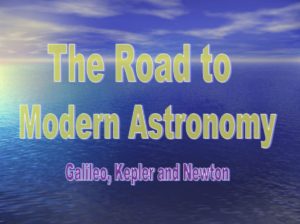 This is an interesting take on Galileo, Kepler and Newton – only the author seems to have neglected the vast leaps (discussed by all the other contributors) Kepler made in order for Newton to make sense of Galileo’s discover. In this doc you can find out how Kepler put our feet on the road to Modern Astronomy, how Galileo confirmed Kepler’s heliocentric cosmos by observation and how Newton mathematically proved Kepler’s Laws and described the “fundamental Laws of Physics (nature).”
This is an interesting take on Galileo, Kepler and Newton – only the author seems to have neglected the vast leaps (discussed by all the other contributors) Kepler made in order for Newton to make sense of Galileo’s discover. In this doc you can find out how Kepler put our feet on the road to Modern Astronomy, how Galileo confirmed Kepler’s heliocentric cosmos by observation and how Newton mathematically proved Kepler’s Laws and described the “fundamental Laws of Physics (nature).”
06 Kepler and the starry mess by Otterbein
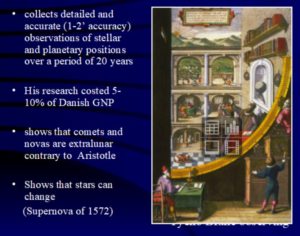 In this document some of the main objections to the Heliocentric Model are answered. Ask yourself: If the Earth is moving, why do dropped objects appear to fall straight down? When dropped objects start with the velocity of Earth (Galileo). If the Earth rotates, why don’t we get thrown off? Isn’t Earth’s rotation fast enough! If the Earth revolves around the Sun, why don’t we observe stellar parallax? Maybe it’s there, but very small, because the stars are so far away. And why don’t we feel the wind of our motion? These mysteries and others are explained by Otterbein.
In this document some of the main objections to the Heliocentric Model are answered. Ask yourself: If the Earth is moving, why do dropped objects appear to fall straight down? When dropped objects start with the velocity of Earth (Galileo). If the Earth rotates, why don’t we get thrown off? Isn’t Earth’s rotation fast enough! If the Earth revolves around the Sun, why don’t we observe stellar parallax? Maybe it’s there, but very small, because the stars are so far away. And why don’t we feel the wind of our motion? These mysteries and others are explained by Otterbein.
07 Kepler’s Discovery of Scientific Laws
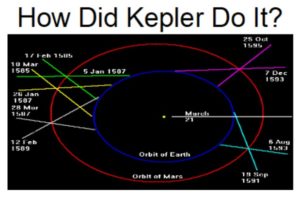 In this document about Kepler and his discover of scientific laws we visit a time when thinkers were considering storm clouds with bases below the horizon – as proof the world was round. Why is there a horizon at all? Why can’t we just see forever?
In this document about Kepler and his discover of scientific laws we visit a time when thinkers were considering storm clouds with bases below the horizon – as proof the world was round. Why is there a horizon at all? Why can’t we just see forever?
Contrary to myth, the knowledge of a round earth was never, NEVER forgotten during the Middle Ages. Join Kepler and others as they help us understand our place in the Universe.
Modern science has discovered that the Earth and solar system have changed dramatically in time, over a period of billions of years since its creation.
This scientific understanding conflicts with a strict literal interpretation of the Book of Genesis.
But science does not know (maybe cannot know) how the universe was created. Each person must decide what to believe, but may not impose his beliefs on others.
“What do you think of the foremost philosophers of this university? In spite of my oft repeated efforts and invitations, they have refused, with the obstinacy of a glutted adder, to look at the planets or Moon or my telescope.” (Galileo’s letter to Kepler)
Quiz Answers
In the above documents you will find answers to the Kepler Quiz posted recently, and the answer to the question about the identity of the scientist that was always championing Kepler, was of course, Carl Sagan.
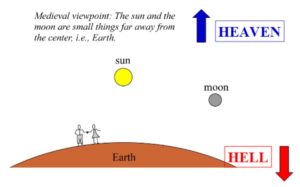
No Comment
You can post first response comment.